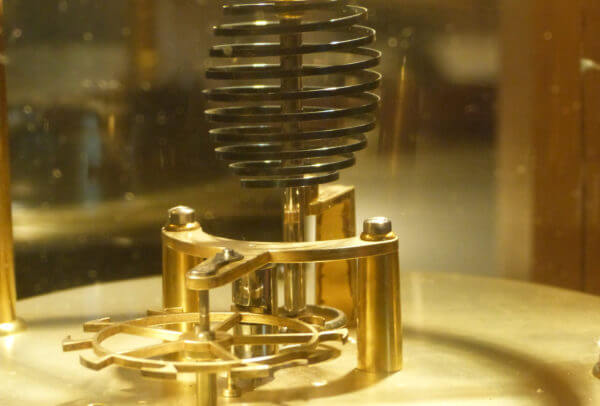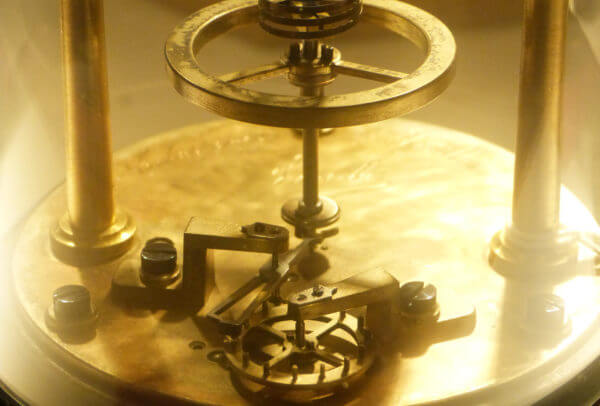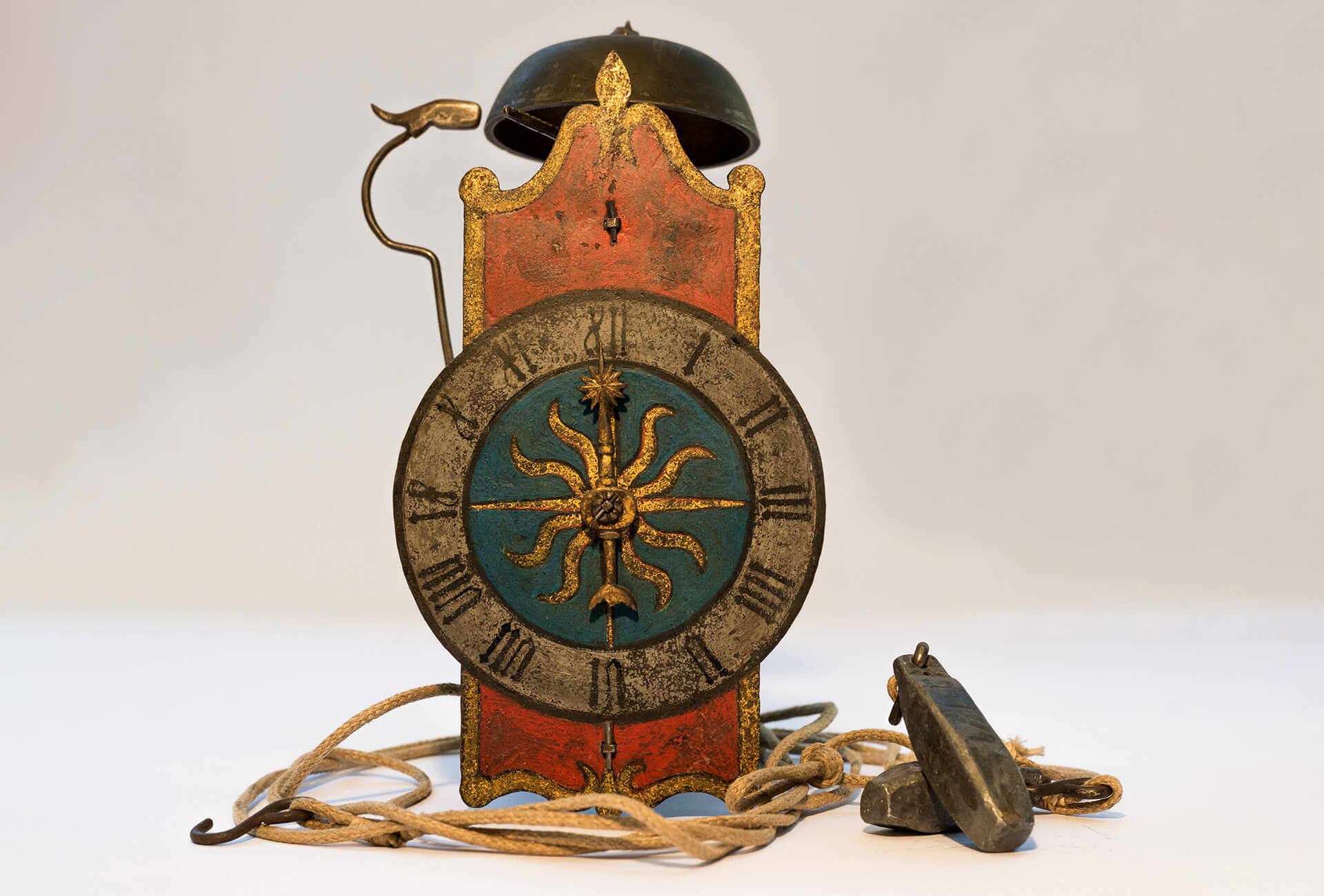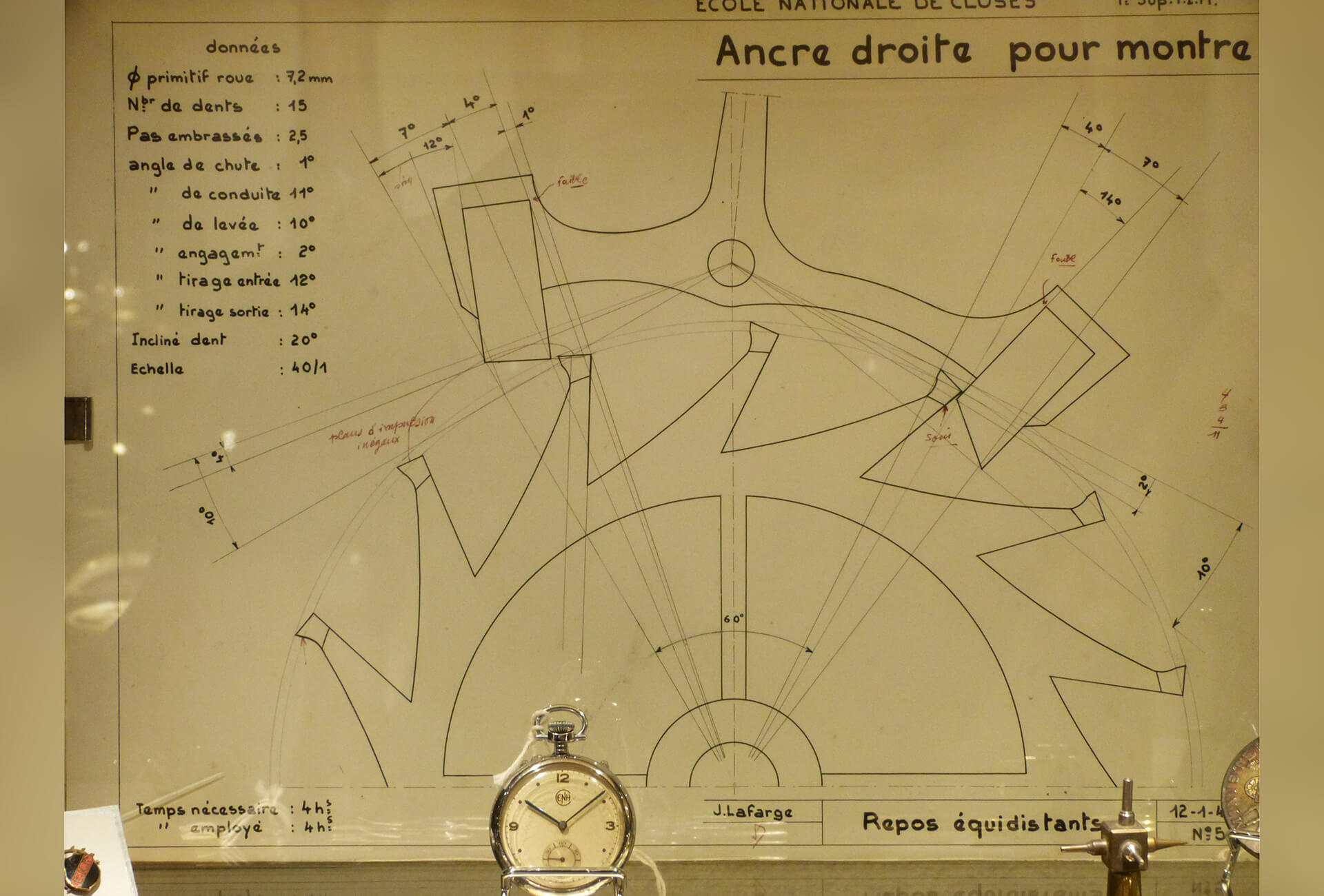The calculation of longitude at sea – a challenge first set by the British Parliament whose 1714 Longitude Act came with a £20,000 prize – inspired numerous master watchmakers who ambitioned to produce an instrument capable of keeping accurate time onboard ship, following the example of John Harrison who was first to establish that a reliable and precise timekeeper was essential in plotting a ship’s position.
Reliable but also reproducible
John Harrison had shown how, with skilful construction and some ambitious technical advances, a marine chronometer with a verge escapement could be made to function with remarkable precision. In other words, Harrison had succeeded in making important improvements to the recoil escapement but as Larcum Kendall (the watchmaker engaged by the Board of Longitude to copy Harrison’s H4 watch) would find out, replicating such an instrument on sufficient scale to equip the nation’s trading vessels, warships and exploration fleets was near to impossible. The challenge that faced watchmakers from the mid-eighteenth century was therefore twofold: devise a precise and reliable escapement that was also easily reproduced to enable production of large numbers of marine chronometers. A simplified view of watchmaking post-1750 would be as follows: on the one hand, watchmakers whose concern was to produce accurate timepieces of practical use to seafarers and scientists; on the other hand, those who devoted themselves to developing original, even whimsical instruments for the pleasure and entertainment of a powerful elite.
John Arnold knew that the less contact there was between the balance and the escapement, the more likely the watch would be to keep accurate and regular time.
John Arnold (1736-1799), one of the most brilliant watchmakers of his day, would devote his life to the former. In doing so, he joined John Harrison, Larcum Kendall, Thomas Mudge and John Shelton as one of the very few chronometer-makers. Having completed his K1 watch, Kendall had claimed it would be many years before a marine chronometer similar to that of Mr Harrison would be made for less than £200, if this were even possible. At not yet 35 years of age, John Arnold set out to prove Kendall wrong by developing a system that would be precise, extremely reliable and, most importantly, easily reproduced for a low cost. He chose to equip it with a deadbeat or cylinder escapement, whose finer points he mastered. Perfected by George Graham circa 1718, the cylinder escapement was widely used in Lépine calibres after 1770, despite yielding less than hoped-for results. Arnold, who was familiar with the work of Leroy and Berthoud in France, knew that the less contact there was between the balance and the escapement, the more likely the watch would be to keep accurate and regular time. Similarly, he had sensed the potential that lay with Thomas Mudge’s lever escapement (circa 1759), but remained convinced he could do better.
An early case of industrial espionage
From the outset, John Arnold had understood that chronometer mechanisms needed to be made as simple as possible. This led him to develop a pivoted detent escapement in 1773 for which he used a helical balance spring and a compensating balance of his own device. This innovative approach opened up interesting perspectives but was soon confronted with problems of adjustment as the oils prematurely aged. Having equipped several chronometers with this type of escapement, from 1780 Arnold turned his attention to a new type of spring detent escapement. However, great minds think alike and it came to Arnold’s attention that a rival watchmaker, a certain Thomas Earnshaw, was working on a similar mechanism. Arnold succeeded in persuading Thomas Wright to show him the chronometer given to him by Earnshaw, a little-known yet visionary watchmaker.

This blatant industrial espionage sparked virulent exchanges between the two (Leroy and Berthoud had been similarly opposed). Not wishing to come down on one side or the other, we shall simply note that it was Thomas Earnshaw’s complete mechanism that was more widely used by nineteenth-century watchmakers for serial production of marine chronometers. The detent escapement has since fallen into disuse, revived in a modernised form only by Jaeger-LeCoultre for its Reverso à Triptyque. Robert Robin (1742-1799), horloger ordinaire to the Court of Marie-Antoinette, devised another type of escapement in 1793 that combined the precision and power of a detent with the security of a lever. His invention failed to catch on, being complex to make and adjust, easily disturbed by sudden movements, and unreliable for long-term use. Only Audemars Piguet has proposed a contemporary version in watches released in 2006.
Following the invention of the balance spring, attempts were made at various points in history to create the most efficient watch escapement possible.
The least cumbersome solution
Following the invention of the balance spring, attempts were made at various points in history to create the most efficient watch escapement possible. Thomas Tompion was one of the first to question the efficiency of the verge escapement. Historians consider his invention, in 1695, to be the first deadbeat escapement. In it, the escape-wheel tooth rests against part of the balance shaft before being released by a notch. This invention gave rise to others, all based on the principle of resting the escape-wheel tooth on the balance shaft. Of particular note are English inventions, some of which were in fact the work of French watchmakers who had emigrated to England for religious reasons.

They included the Debaufré brothers who, as well as inventing watch jewels with Nicolas Fatio, devised a deadbeat escapement with two escape wheels that alternately engage with a disk riveted to the balance shaft. Other variations were those of the English watchmaker Kendal, Henry Sully (1680-1729) and Enderlin. More followed long after the Enlightenment, a means of boosting the more popular pocket watches which Japy (France) and Fontainemelon (Switzerland) were producing on a more industrial scale. Examples from the early nineteenth century include the “coup-perdu” escapement by Paul Garnier, a carriage-clock maker, and the Simplex deadbeat escapement made by Claude Saunier (1816-1896) in Paris. None, however, were able to surpass Graham’s cylinder escapement. Reliable and robust, it required little upkeep and would equip the pocket watches of an elite clientele during the early nineteenth century before becoming widespread. It remains the best-known escapement among the general public, alongside the verge and the lever.














